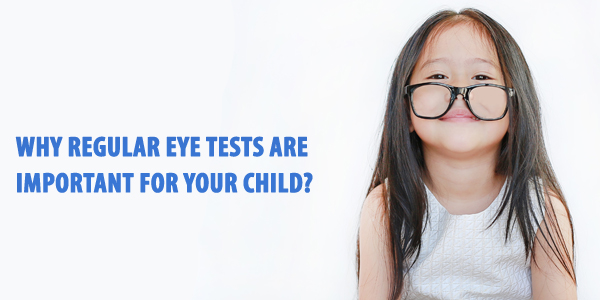
Don’t want poor vision to haunt your child’s future? Start scheduling frequent eye tests; so that any discrepancy can be checked earlier in life. Experts suggest that a baby or infant should have its first eye test at the age of 6 months and subsequently another one at age 3, and then another one at age 5 or 6 i.e. before they get introduced to the written word in a more intense manner in the first grade.
A pediatrician or family physician cannot substitute for the expertise of an ophthalmologist.
Studies say that nearly 25% of school children have vision problems that can affect their performance in class; myopia or short-sightedness is a big risk and can continue through school years if not checked and treated earlier.
If your child does need to wear glasses or contacts, make sure an annual check-up with the eye-doctor is done.
Always remember an eye test can be lengthy, involve a lot of questions and can really put your child’s patience to test’; so make sure your kid has napped well, is fresh and well-fed before the eye test.
Eye Testing for pre-school children is becoming more and more popular. Parents are usually under the impression that the eye test requires their children to read and often feel they should wait until the child learns to read. But this is not the case. Eye tests for preschool children don’t need your child to read and include the following:
LEA Symbols-the charts will have symbols instead of letters. For eg; objects or shapes.
Retinoscopy -This involves shining a light into the retina to observe the reflection from the retina/back of the eye. This reflection gives enough information to the doctor.
Random Dot Stereopsis – This test includes special patterns of dots and 3-D glasses to measure how effectively your child’s eyes work together.
Apart from myopia, your children could suffer from following eye problems
Lazy Eye: This is a form of decreased vision in one or both eyes without detectable anatomic damage.
Misalignment of eyes: Crossed eyes are generally due to muscle control problems in the eye, anda lazy eye too could be one of the causes.
Focus inability, discrepancies in colour vision and poor depth perception are other eye problems common among children and only regular eye tests can detect early symptoms and help cure them.